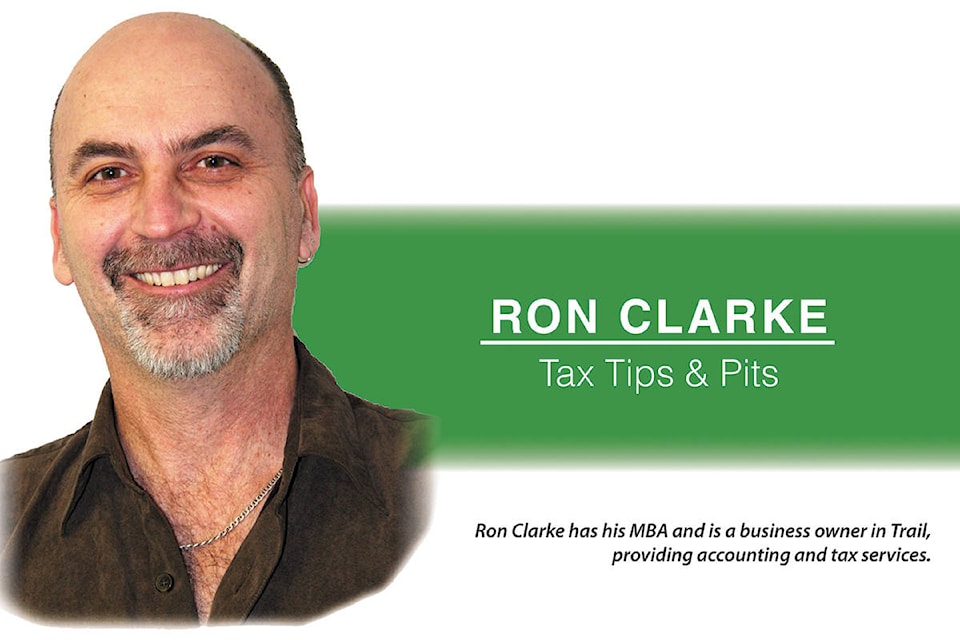Being a provider of accounting and tax prep services these days provides no shortage of announcements, changes and of course, questions. Here are some answers as of “press time”, but a disclaimer, “in this fluid situation we’re living in, things will likely change, and may have already changed”.
And last week proved this disclaimer valid when the government gave new details the day after press time.
Before describing the mechanics of the wage subsidy programs, a word to the unincorporated proprietor, these programs are not designed to support you. Instead there is the Canada Emergency Response Benefit (CERB), and to the government’s credit, CERB’s rollout has been relatively smooth other than jammed on-line portals.
Now to the latest detail regarding the wage subsidy programs, and to be clear, this is not about employees making direct application for financial support. This is about big and small Canadian corporations, and registered charities and not-for-profits, being supported to aid in retaining their employees.
The wage subsidy programs are operating as a dual system, and given the diverse magnitude of businesses, the dual system is not a bad idea. Unfortunately the introduction of the “two prongs” was made in an apparent afterthought manner. That is to say, first it was a 10% subsidy. Then it was a 75% subsidy. And as it goes now, it’s actually both subsidy rates working in parallel. As an FYI, any subsidy received will be taxable income to the business.
Claiming the 75% Canada Emergency Wage Subsidy, to qualify there must be proof that revenue has dropped by at least 30% for the month as compared to the same month in 2019, and for newly opened businesses, January or February 2020 are used for comparison.
If revenue has dropped at least 30%, only 15% drop for March, the Canada Emergency Subsidy can be claimed. It’s based on 75% of each employee’s weekly gross pay, and that gross pay is based on the lesser of their pre-crisis remuneration or current remuneration, up to a maximum of $847/wk per employee. An exception to this is for non-arms length employees on payroll such as the owner of the corporation who must use their pre-crisis remuneration to a max of $847/wk.
Adding the subsidy for each employee arrives at the total eligible subsidy amount the business claims for that month. The claim is made on-line, but payments won’t begin to flow until mid May. The program period for eligible employee remuneration runs March 15 to June 6.
If the 30% reduction in revenue cannot be proven, it may be possible to claim the 10% Temporary Wage Subsidy Program.
The Temporary Wage Subsidy is based on 10% of each employee’s monthly gross pay, although it’s still unclear how non-arms length employees are included, if at all.
The subsidy is subject to a maximum of $1375 per employee for the program period, to a total maximum of $25,000 for the business.
Adding the subsidy for each employee arrives at the total eligible subsidy for that month. The subsidy is claimed when paying source deductions for the month by subtracting the eligible subsidy from the “tax withheld” amount. CPP and EI remittance amounts remain untouched.
Apparently , if the subsidy happens to exceed the “tax withheld” amount, that balance can be carried forward and claimed against future Source Deduction Remittances, including months after the end of the program.
The program period for eligible employee remuneration runs March 18 to June 20. Yes, these are slightly different dates than those dates for the 75% wage subsidy. Why? … who knows.
It appears this program is operational so a claim can likely be made for March, remembering that only part of March’s payroll is eligible.
Regarding source deduction remittance payment, although the government has deferred business payments for tax and GST, the payment of source deduction remittances is not deferred.
Additional to the two wage subsidy programs, the government has created the Canada Emergency Business Account for businesses with payrolls of $50,000 to $1 million. These businesses can access up to a $40,000 loan interest free for one year, repayable by December 2022, and if repaid on time, 25% of the loan will be forgiven by the government. Application and administration is through the financial institutions.
Finally, on the personal front, delaying the filing of your tax return may not be wise since the government has stated to “file by June 1 to make sure your benefits and credits are not interrupted.”
Ron Clarke has his MBA and is a business owner in Trail, providing accounting and tax services. Email him at ron.clarke@JBSbiz.ca. To read previous Tax Tips & Pits columns visit www.trailtimes.ca.
